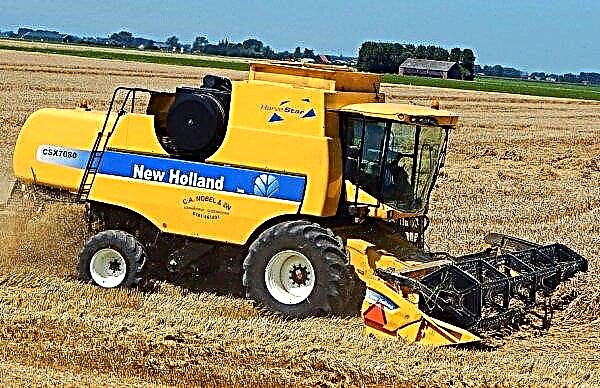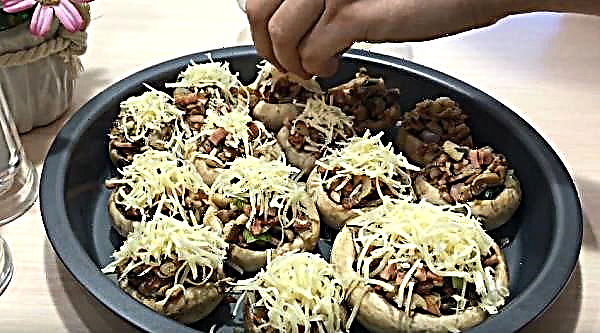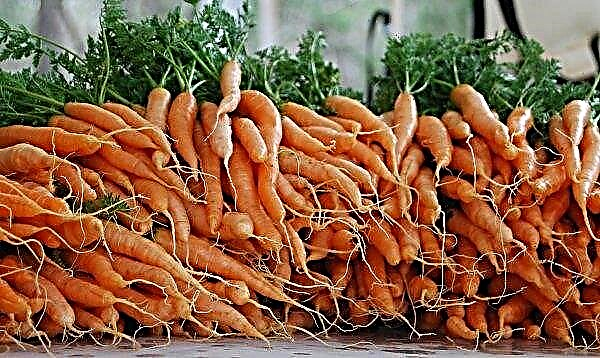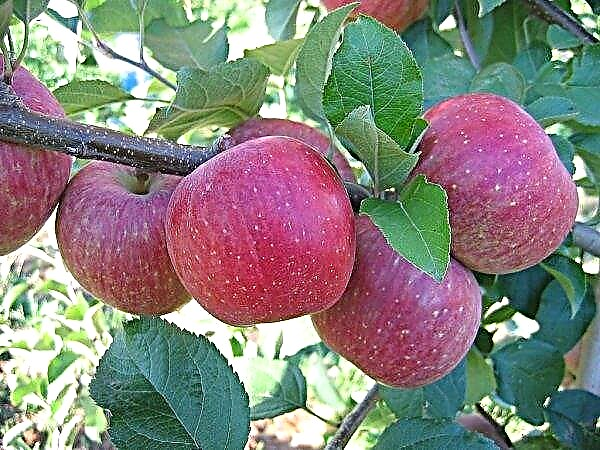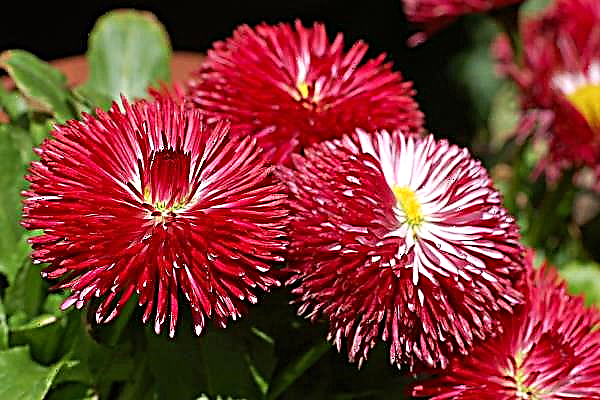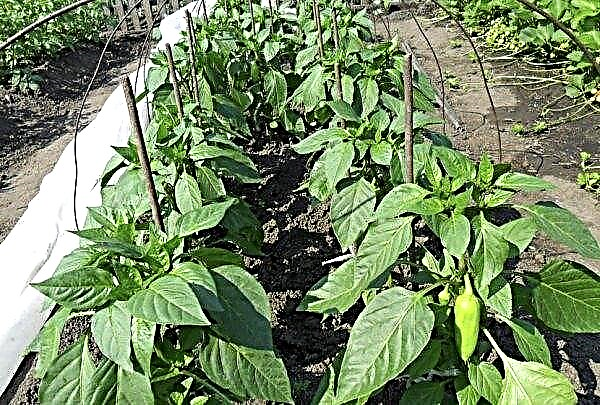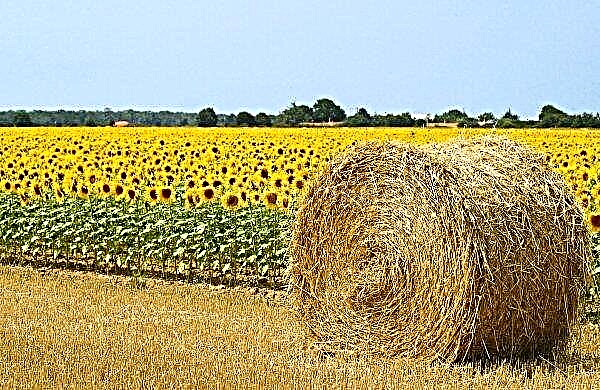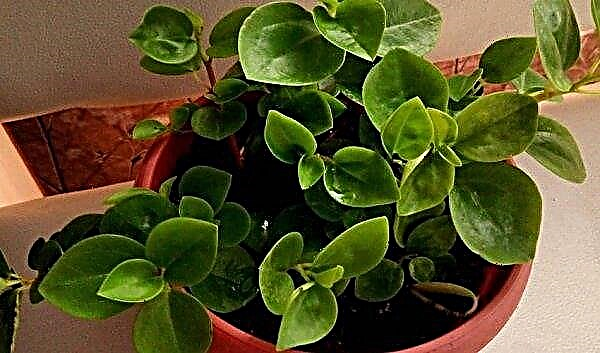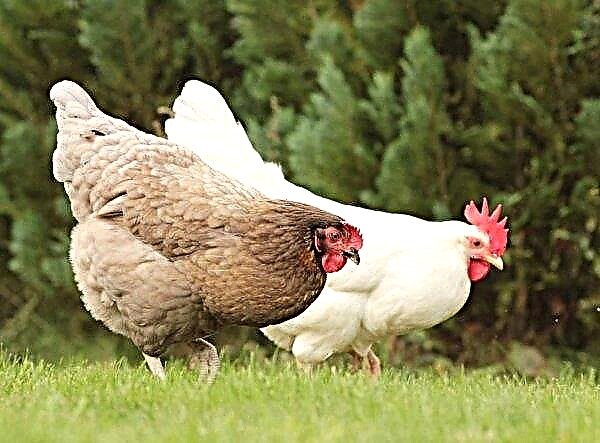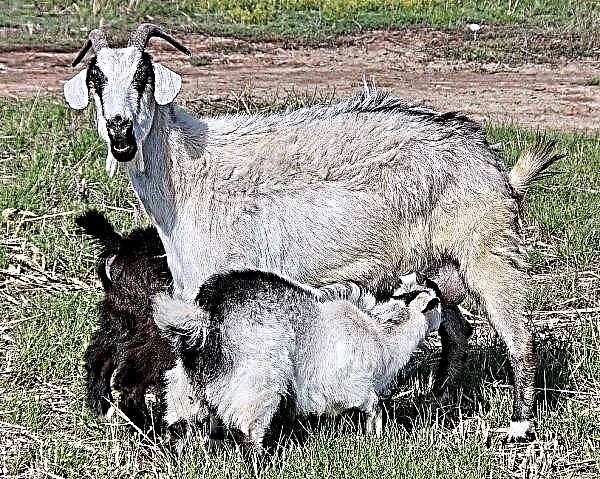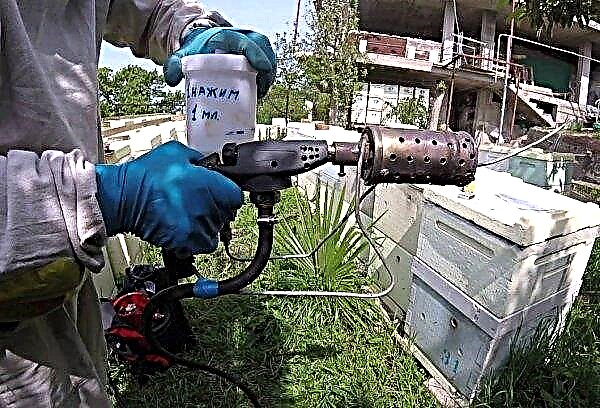Beekeeping and honey production is a rather profitable business, in which some manage to raise superprofits due to a number of tricks, which turns a favorite golden sweet treat into a low-quality and all the more unhealthy product, mixed with sugar syrup, pretending to be natural honey. How not to get into such a situation, how to check honey for quality and naturalness at home, how to distinguish a natural product from a cheap fake. Let's get it right.
How much sugar does honey contain?
It's no secret that even a natural bee product contains sugar elements. The main difference is in the nature of the origin of this sugar and its usefulness, which varies quite significantly depending on which particular sugar this or that product includes in its composition. For every 100 g of honey dessert, 82 g of sugar is consumed.
But it is worth noting that this figure is made up of three types of sugar:
- glucose (grape sugar);
- fructose (fruit);
- directly sucrose (cane).
The first two species prevail in honey and occupy about 70-75 g. Glucose and fructose are monosaccharides, which makes them safe for the human body, since insulin is not involved in their breakdown and digestion. The remaining 7-12 g of sucrose also gradually breaks down into fructose and glucose, because this percentage of sucrose is safely acceptable. Thus, it’s not without reason that doctors and nutritionists claim that natural honey is much healthier than sugar.
How to check honey for sugar at home
In addition to sugar syrup, some unscrupulous manufacturers and sellers of honey products use inverted sugar as the basis of their drug. Let's figure out what it is and how to check the amber dessert for sugar at home.
Did you know? Honey is the oldest sweet treat on earth. They began to engage in its extraction about 15 thousand years ago. Then it was used only for food, being a tasty and sweet dessert, and they learned about its limitless healing properties much later. But people started to beekeeping about 5 thousand years ago, and the appearance of the hives has changed very little since then.
Sugar syrup
The presence of sugar syrup can be detected using paper. To do this, drip the bee delicacy on a sheet of any paper or newspaper and set it on fire. If only the piece of paper burned, and a drop of amber liquid did not change color and did not burn on the edges, then this is a natural bee product. If the edges are charred, become brown and smell like burnt sugar, then the answer is obvious: this honey product contains sugar syrup.
Inverted sugar
The presence of inverted sugar in an amber dessert can be checked with lapis (silver nitrate). To do this, prepare a 5-10% honey solution by mixing it with warm water in the appropriate proportion. Then place the lapis in the mixture and soak for some time. If a white precipitate begins to precipitate, then an invert sugar admixture has been added to your honey.
How to find out if there are other additives in honey
In addition to the presence of sugar syrup or inverted sugar, with the help of improvised means you can check honey for other additives, such as gelatin, starch, starch syrup or chalk. All these impurities are used to add weight to the finished product, as well as to give low-quality honey viscosity, color and all other basic characteristics for the purpose of deception.
Did you know? There is a rather original method of checking the amber dessert for naturalness. To do this, pour a teaspoon of bee delicacy on a flat plate, add three teaspoons of water on top and start shaking the plate from side to side in the horizontal direction. A real product will show a honeycomb pattern on the surface.
Gelatin
Gelatin is added in order to give honey the necessary viscous consistency. But still, such falsification can be distinguished by the way the honey product flows. A real bee delicacy flows slowly, as if reaching for a spoon. On the surface of the bowl he will leave a peculiar slide slowly drawn into the bulk of the amber liquid. Diluted gelatin sugar syrup will still not have such an effect and will be much faster to drain from a spoon. The slide on the surface of the bowl also does not form, rather there you can see a funnel that will draw the flowing honey inward.
Diluted gelatin sugar syrup will still not have such an effect and will be much faster to drain from a spoon. The slide on the surface of the bowl also does not form, rather there you can see a funnel that will draw the flowing honey inward.
Starch
To check the bee delicacy for the presence of starch in its composition, you can use the simplest and most affordable means, called iodine. To conduct the test, you need a teaspoon of honey liquid, diluted in half a glass of warm water, where a few drops of iodine are added. If the honey substance turns blue, it means that it contains starch impurities and such a product cannot be called natural or quality.
Starch syrup
A fairly easy and simple procedure is to determine the presence of starch syrup impurities in the honey product. To conduct such an examination, one teaspoon of amber dessert will be enough, which should be dissolved in six dessert spoons of distilled water. Next, add a few drops of ammonia to the mixture. Stir the contents of the dishes and look at the results of the experiment.
If the mixture turned brown, and a similar precipitate precipitated at the bottom of the tank, then this product contains an admixture of starch syrup. An alternative would be to add a few drops of hydrochloric acid and 25-30 g of wine alcohol to the honey substance with water. If, after shaking, a strong turbidity of the solution was found, starch syrup is also present in such a product.
A piece of chalk
It is very simple to conduct an examination for the content of chalk impurities. To do this, arm yourself with a honey sample in the amount of one teaspoon, dissolve it in a quarter cup of water and add a teaspoon of acetic acid (essence) there. If the solution hissed and foams, emitting bubbles of carbon dioxide, therefore, vinegar reacted with chalk, which means that your amber dessert is abundantly filled with chalk impurities.
Important! Honey that does not crystallize for a long time (diluted or with impurities, but still with a fraction of the natural honey product) emits toxic substances that are not only not useful, but also dangerous for the human body. Therefore, you should not purchase a suspicious product in the autumn-winter period if it remains in a liquid state.
How to determine honey for naturalness: useful tips
To determine the naturalness and quality of the honey that you are offered to purchase, you should be guided by some general rules and tips to minimize the likelihood of buying a low-quality fake. First of all, pay attention to the following factors:
First of all, pay attention to the following factors:
- Amber dessert can't be too whiteit is a sign of sugar;
- the honey product has a rich and rich odor, if there is none, feel free to go to another seller;
- excessive fluidity bee delicacy is also an occasion to reflect on its naturalness. Amber dessert should have viscosity and ductility, and after 2-3 months after the honey extract, it begins to crystallize, so do not believe the sellers of liquid goods that sell it in late autumn or winter, they trade in fakes;
- there should be no air bubbles on the surface, since this will indicate the fermentation processes (and, therefore, low-quality honey) or the presence of water in the composition;
- the taste of natural honey is moderately sweet and slightly tartand in the mouth, an amber dessert can cause tingling or burning. A fake does not possess such characteristics;
- natural honey product cannot be crystal clear, it will be slightly unclear in liquid form, and after crystallization it will cease to be completely visible through;
- also the taste of natural amber dessert able to cause sore throat and have some sournessthat is never found in sugar honey;
- arm yourself with a piece of paper or newspaper and put the offered honey on it. If honey seeped through the paper, absorbed or dripped onto its side, then this is a fake with an admixture of water.
Important! Qualitative honey can be determined by weight: 1 liter of honey should weigh about 1.3-1.5 kg. If the indicator is below 1.3 kg, then honey was diluted with water, and if it is above 1.5, then it has additional thickeners and impurities, such as chalk.
Having familiarized yourself with all the recommendations and the basic methods of checking the quality and naturalness of a honey product, you can easily identify a real bee delicacy among many fakes diluted with water, diluted with impurities and thickened with chalk, molasses or gelatin.

